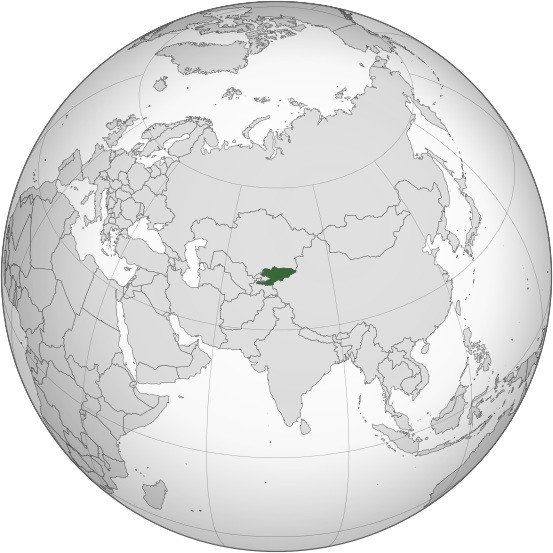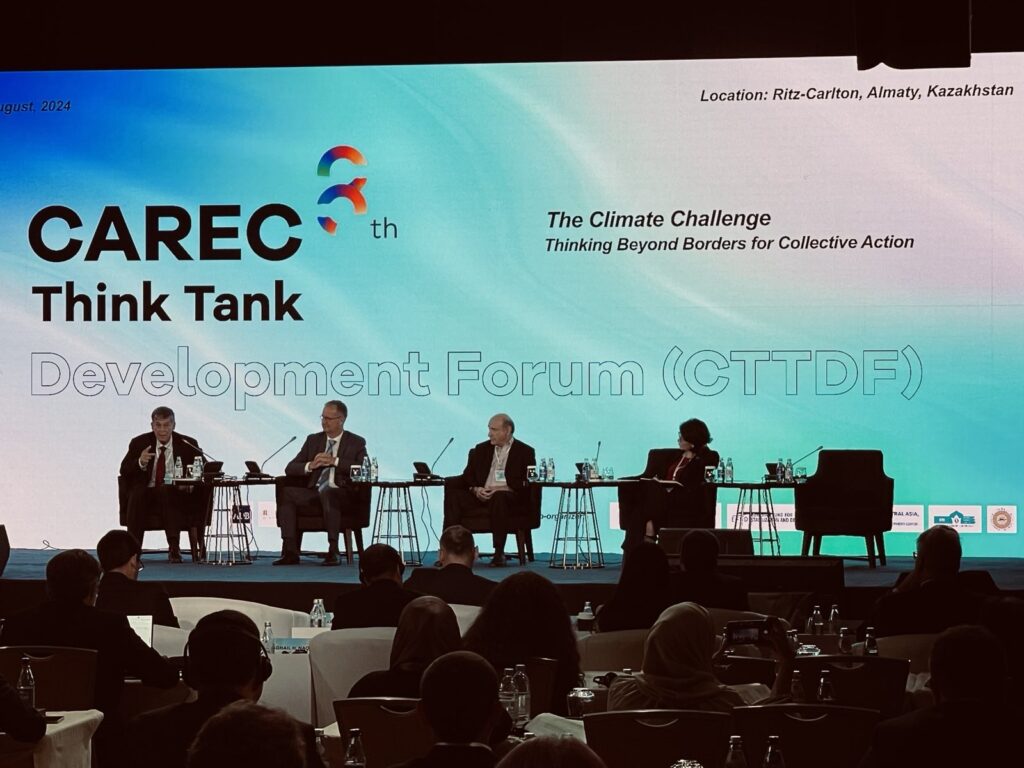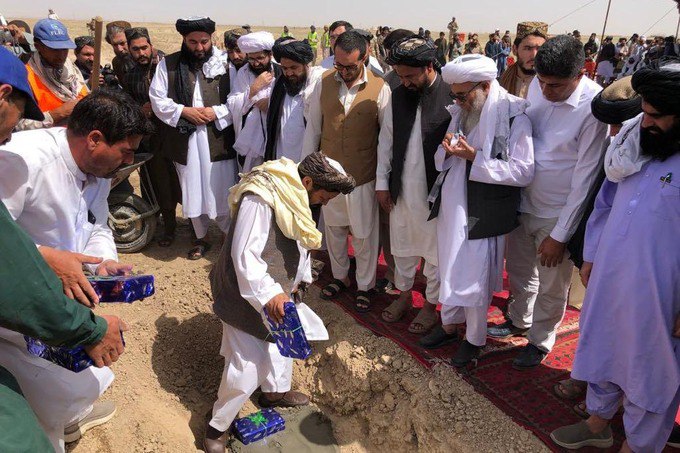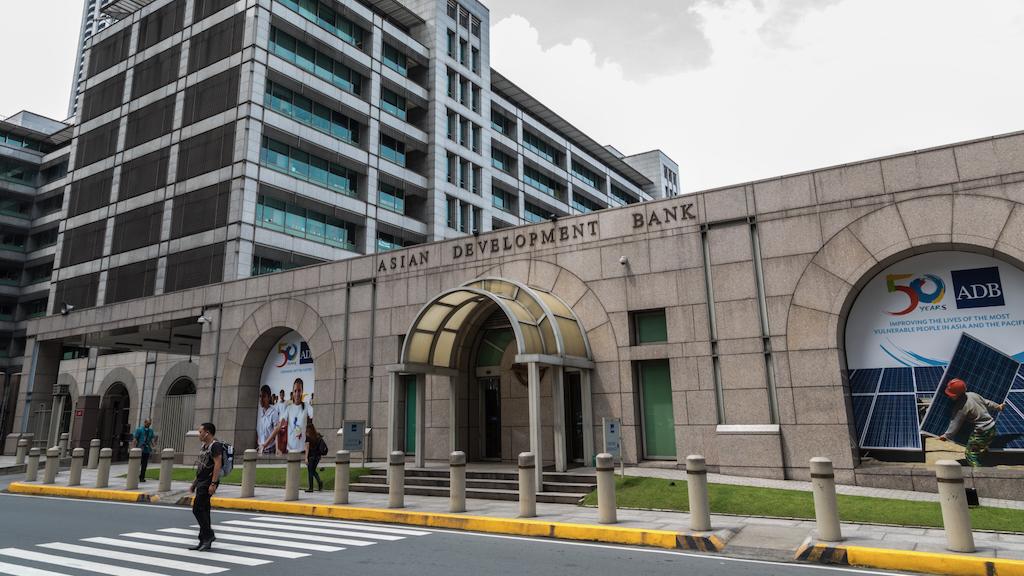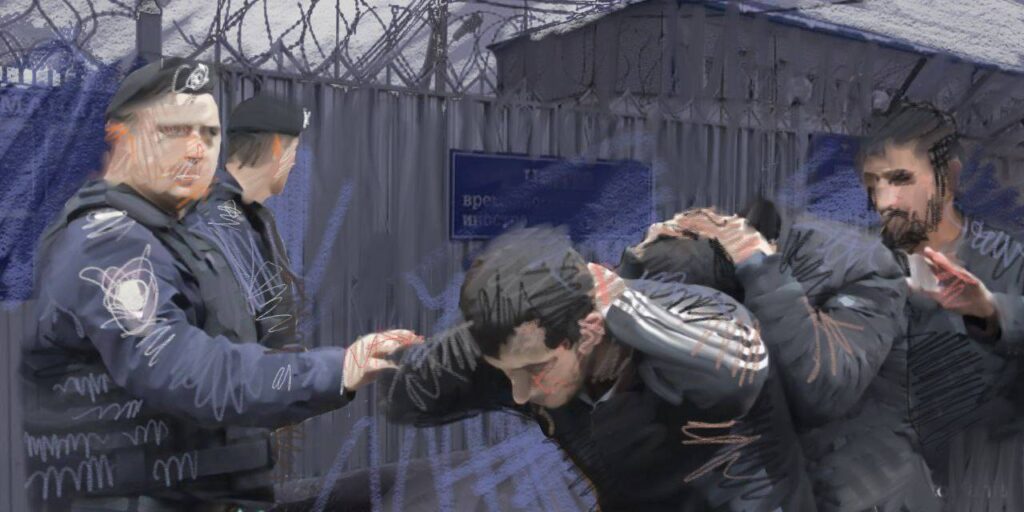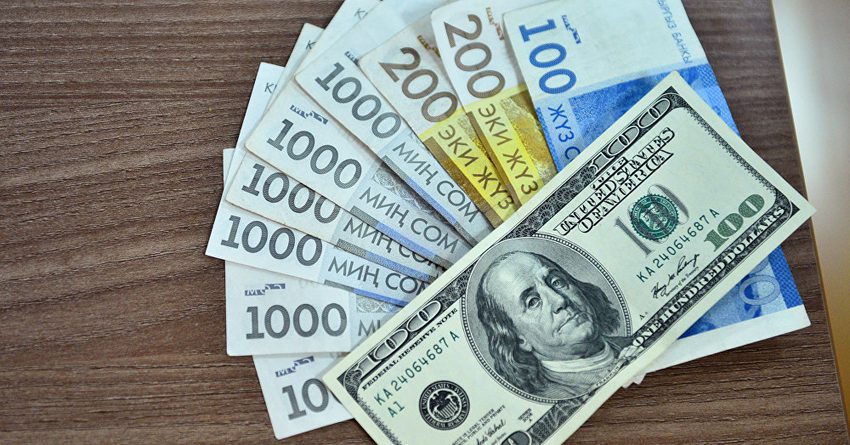BISHKEK (TCA) — Defending the frontier with Afghanistan has become top priority for the three former Soviet republics bordering it in 2015. Whether that frontier could become a frontline or not depends on how much the other two are ready to contribute and how much stability they can maintain to do so. For Kyrgyzstan, the year 2015 is most likely to go into history as the year of the new revolution that never happened and the remarkable survival and strengthening of its parliamentary rule. It was, remarkably, much due to the personal input of President Atambayev, who is behind the party that has the largest faction in both the previous and the new parliament, that dark prophecies of “destabilisation” and “economic failure” failed to materialize, making Kyrgyzstan’s model go in the direction of the French than e.g. of the British one. Given the geopolitical and economic challenges in the region, this may well be a favourable option.
An economic setback in the last quarter of this year has reduced Kyrgyzstan’s growth in gross domestic product (GDP) from close to 7 per cent to just below 4 per cent. But economic strength remains enough to maintain a position strong enough to stay competitive in an insecure environment. Membership of the Eurasian Economic Union is an opportunity for Kyrgyz made goods, since for the first time the country has a market at its feet which makes investments into farming and manufacturing worthwhile, although for the time being the country is still far from producing viable and competitive goods for the export market.
Growth expected volatile
International acknowledgement of Kyrgyzstan’s economic achievements, for the first time reflecting some hope that the nation could substantially diminish its poverty problem, has been expressed by global rating agencies for the first time. “The first driver underlying Moody’s assignment of a B2 sovereign rating for the Kyrgyz Republic is its assessment of ‘low’ economic strength….. As a result of these features, growth has been volatile in recent years and is expected to remain so for some years to come.”
The answer can be found on the ground: new mines of varying size have been opened of late, set to double Kyrgyzstan’s gold, silver and copper production capacity. Retail trade turnover continues to be on the rise – which is a sign of strengthened purchasing power.
Investment at 27% of GDP
But Kyrgyzstan, in spite of all its current opportunities, keeps walking on a thin rope. “Set against its small size and concentration, the Kyrgyz economy has experienced relatively high growth in recent years, averaging 4.8% since 2011,” the report by Moody’s reads further down. “Growth is likely to be sustained, averaging 5.6% in 2015-2016, supported by the Public Investment Programme and sound gold production prospects. It will be somewhat reduced over the near term as a result of the country’s entry into the Eurasian Economic Union (EEU) in May 2015, which is likely to slow non-gold growth this year as the country raises trade tariffs with other non-EEU partners. Over the medium term, however, entry into the EEU is likely to have a positive effect on growth, reflecting improved access to the Kazakh and Russian markets. Over the coming years, growth will be supported by planned infrastructure investment, based on continued financing from bilateral and multilateral donors. At 27% of GDP, gross investment is already high relative to peers. Kyrgyz competitiveness is hindered by infrastructure bottlenecks, which are being addressed through the Public Investment Programme, and foreign direct investments remain volatile.”
Major economic challenges
This, however, is far from being the only bottleneck. Improved infrastructure is not something that can be reached overnight, but when tangible results (less transportation time, increase in transportation capacity etc.) appear on the surface, industries must be ready to jump in which at present is not the case. At present, manufacturing makes up for no more than about one-sixth of Kyrgyzstan’s overall economy and (apart from construction) shows no growth to speak of. Meanwhile, banking, insurance, consulting and marketing industries undergo a boom without any good reason given: banking services are over-expensive and insurance premiums are all but unaffordable.
In 2016, the government faces several major economic and juridical challenges that require serious and pragmatic reforms. From the economic side the Kyrgyz policy should be directed to a more balanced employment situation between North and South of the country. This demands a major division of employment opportunities and the creation of new manufacturing facilities and farms with concrete and long term incentives toward the impoverished south from where the largest part of migrants to Russia and Kazakhstan originate. The government has enough power in the form of fiscal incentive and working capital provision.
Finally, there is the monetary factor, which highly depends on developments next door. Up till now, Kyrgyzstan has virtually pegged its currency to the Russian rouble and (to lesser proportions) to the Kazakh tenge in order to protect its domestic market. Being less dependent on the value of the US dollar, Kyrgyzstan can afford to do so, and has thereby become the perfect location for such an “experiment” in the region without putting too much of its economy at risk in the process.
* Editor’s note: This is the fourth part of a TCA series of articles reviewing Central Asia’s results in 2015 and outlooks for 2016, written by our analyst Charles van der Leeuw.
The previous articles:
Turkmenistan in 2015 and into 2016: hopes and headaches
